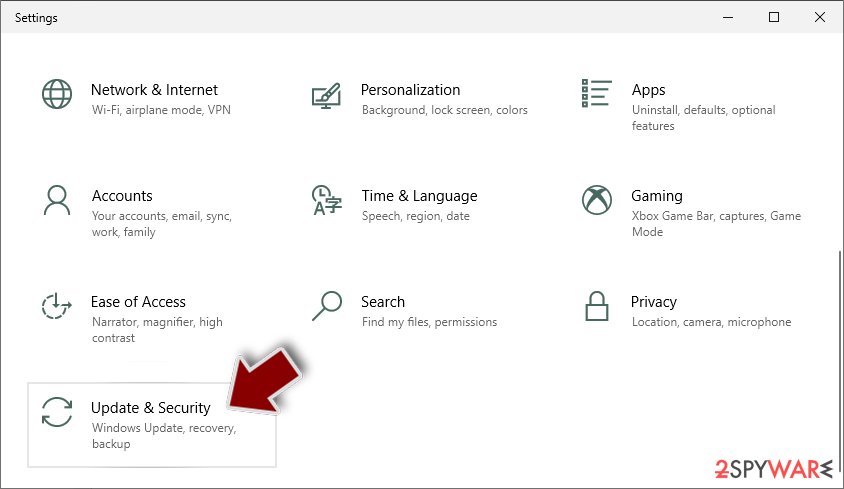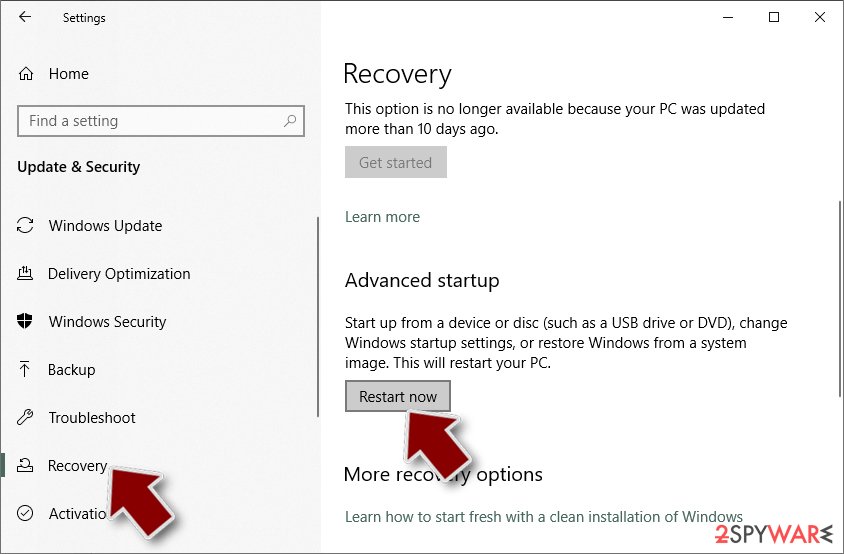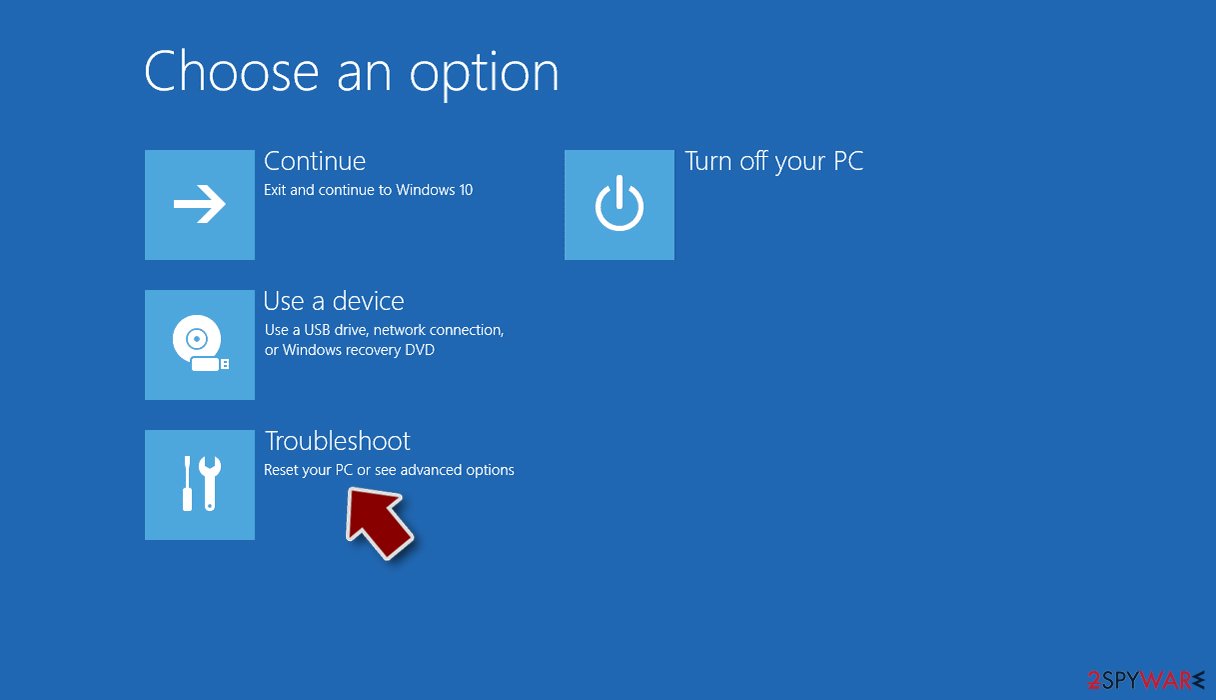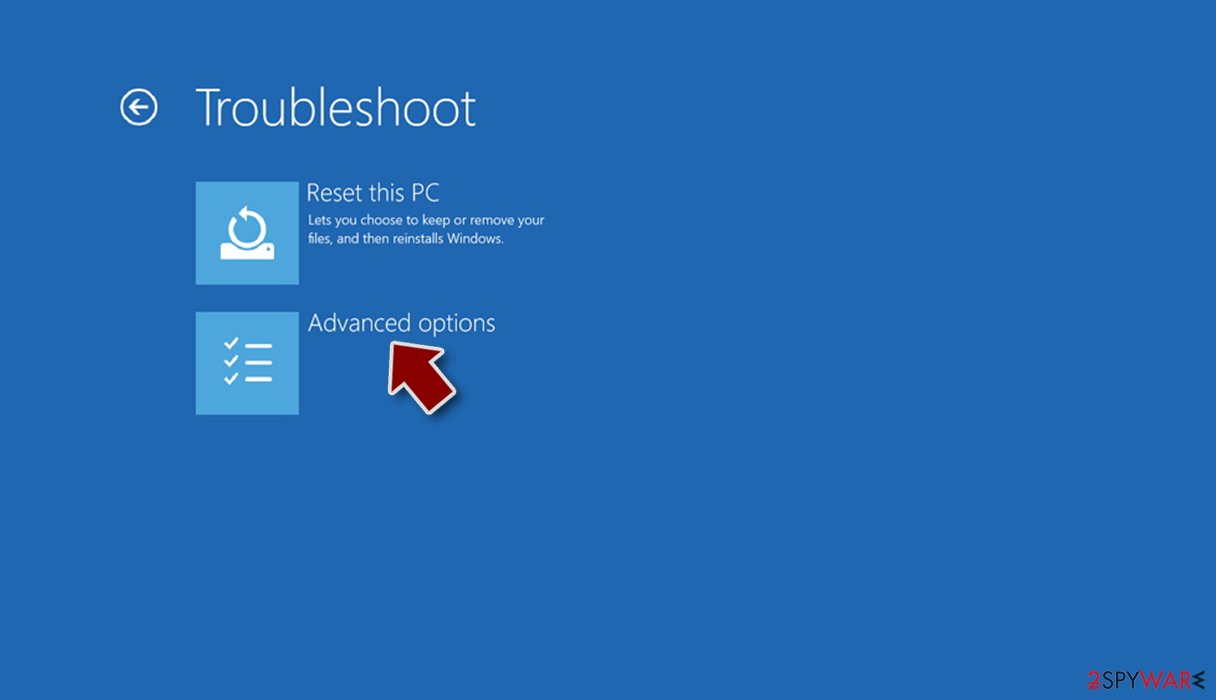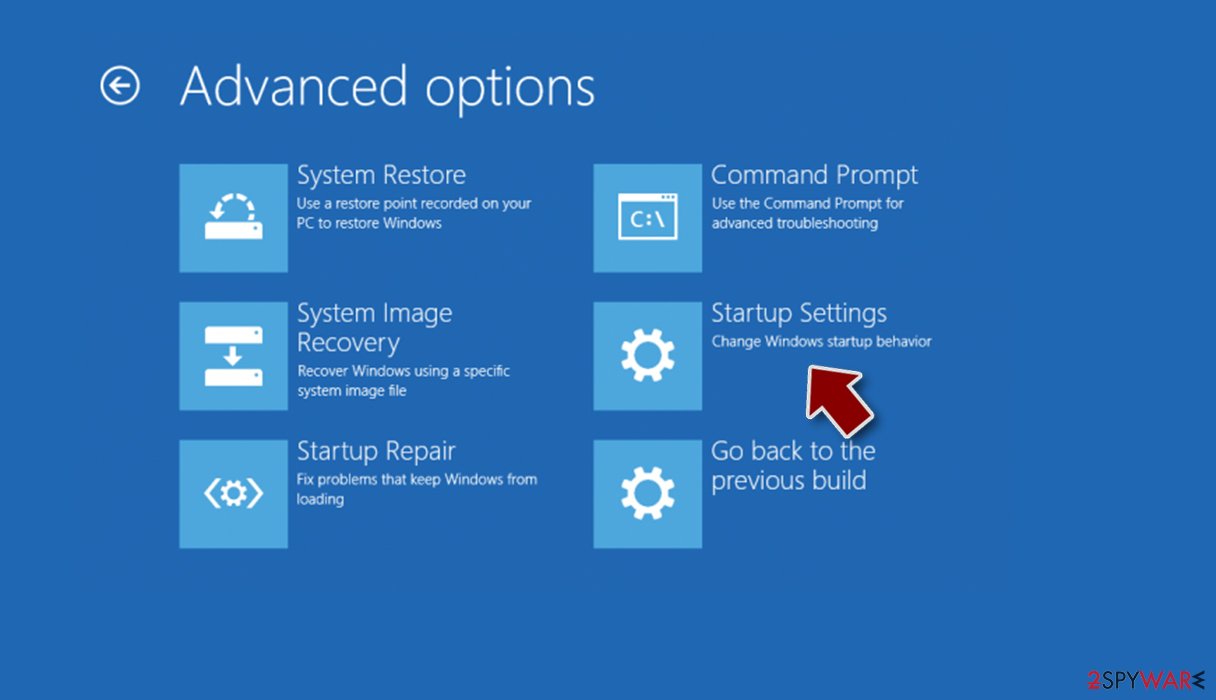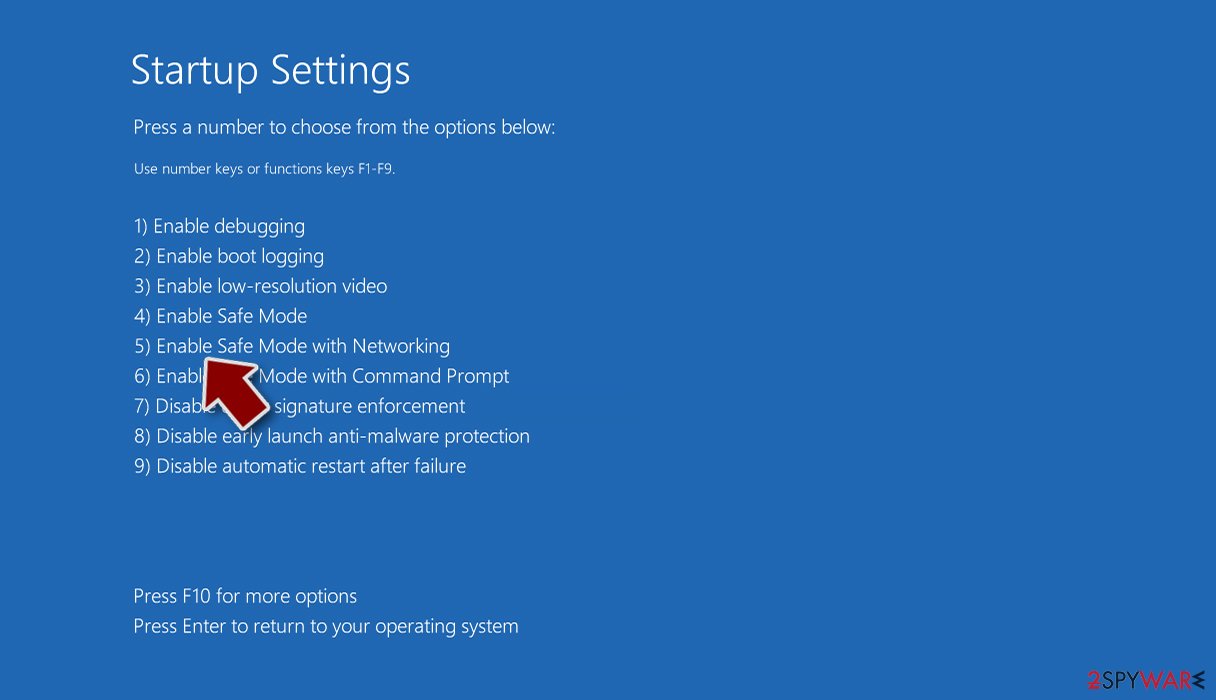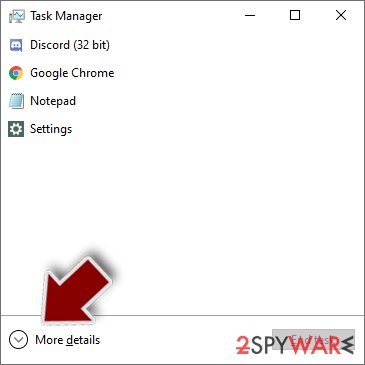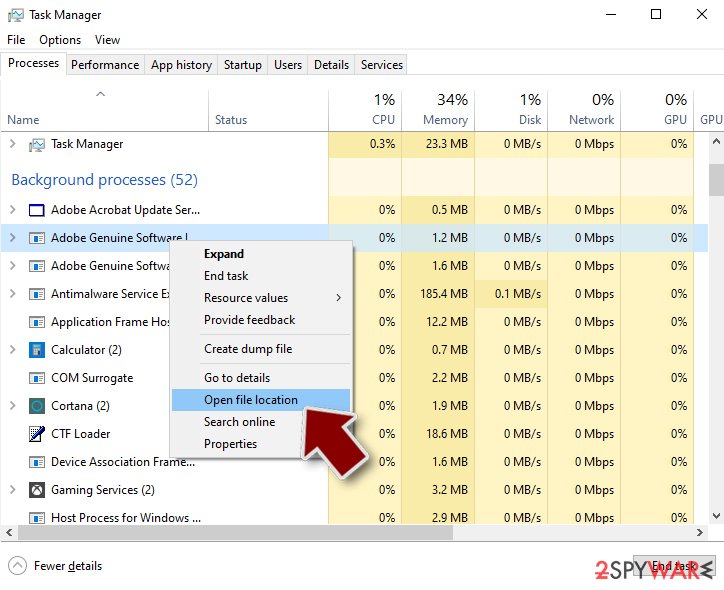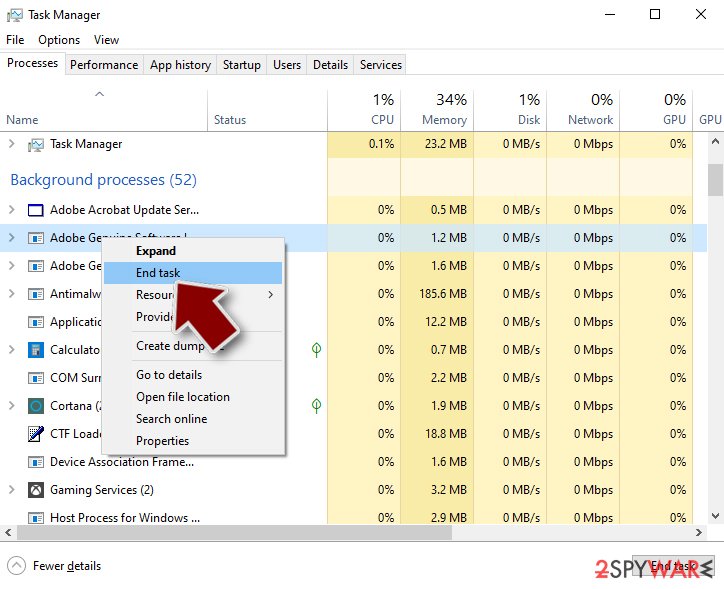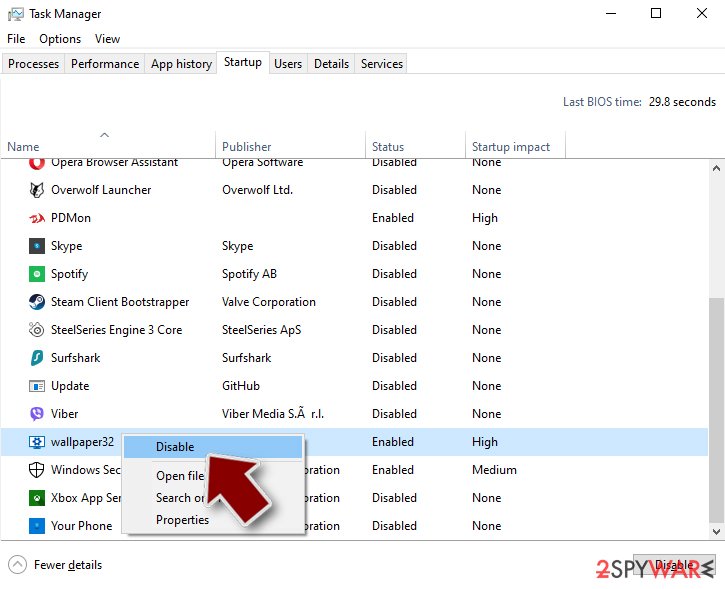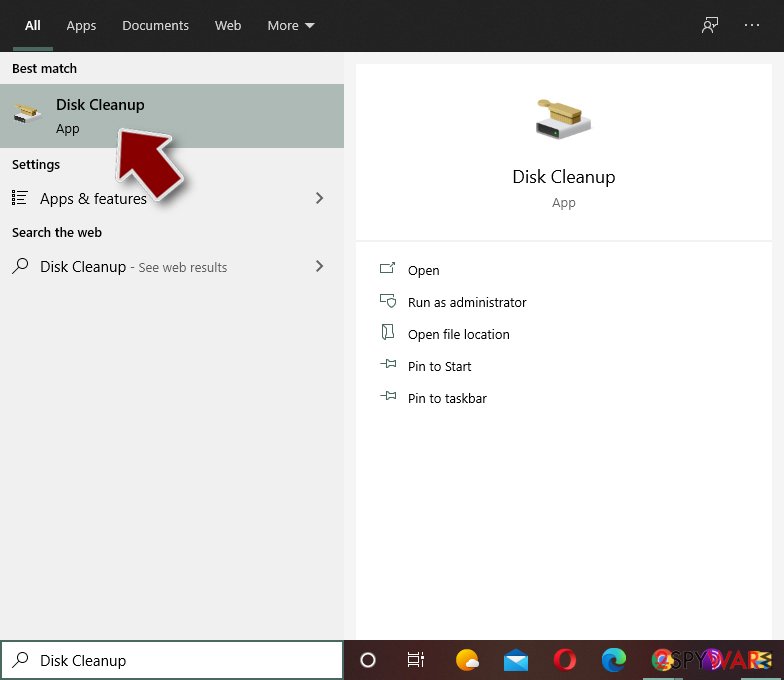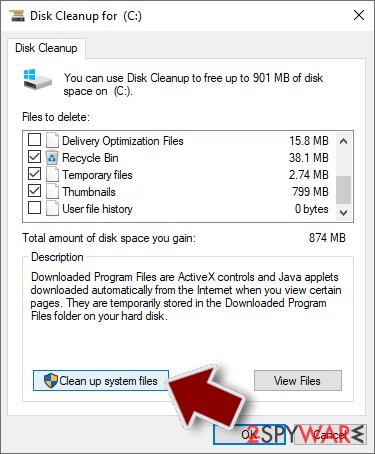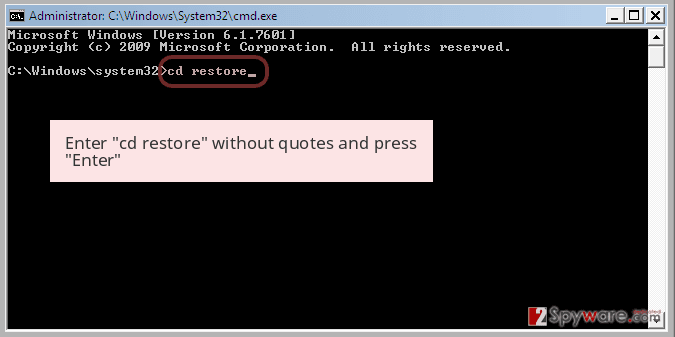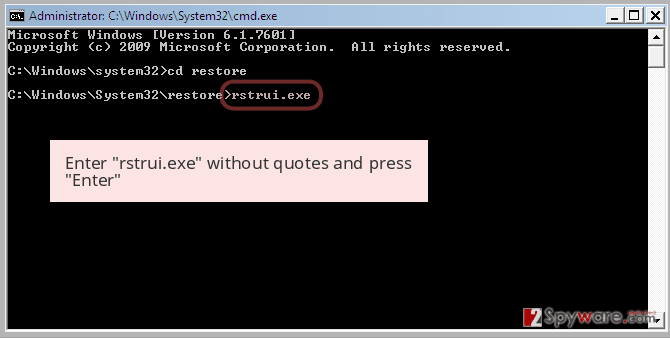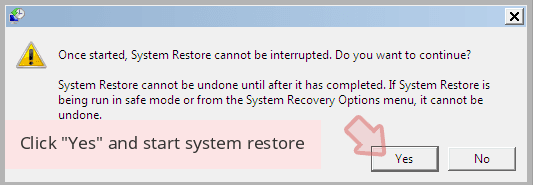Godsomware ransomware (Free Instructions) - Decryption Steps Included
Godsomware virus Removal Guide
What is Godsomware ransomware?
Godsomware ransomware — a fake ransomware virus that is trying to troll computer users

Godsomware is a bogus ransomware virus that demands $100 ransom in Bitcoin. Immediately after infiltration, malware changes desktop background, replacing it with a fake ransom note that claims that all personal files have been locked. Additionally, users are greeted with various internet memes, like Nyan cat or Trollface. It is not surprising that this infection is rather a joke than a real threat, as it does not encrypt any data, despite all the claims. Godsomware ransomware also displays ransom message under the name of God Crypt v1.0, and it visually reminds of WannaCry ransomware note. In there, users can enter 29b579fb811f05c3c334a2bd2646a27a code to disable the malicious program. Nevertheless, according to VirusTotal,[1] 25 AV engines already recognize the file, so its removal should not be delayed, even after the code is entered.
| Name | Godsomware ransomware |
|---|---|
| Type | Cryptovirus |
| Also named | God Crypt/ God Crypt v1.0 |
| Ransom amount | $100 in BTC |
| Distribution | Insecure file attachments from email |
| Elimination | Use FortectIntego for Godsomware ransomware removal and clean your system |
Godsomware ransomware virus is not the threat that locks personal files or marks your data with the added file extension. Displaying memes, demanding ransom and scaring people with the error messages are the only features of this mimicking threat.
Besides intrusive internet memes, pictures, and troll faces Godsomware virus displays a ransom note similar or even identical to other more dangerous cyber threats like WannaCry ransomware. Ransom note reads the following:
Ooops, your important files are encrypted.
If you see this text, but don’t see the “Wanna Decrypt0r” window,
then your antivirus removed the decrypt software or you deleted
it from your computer.
If you need your files you have to run the decrypt software.
Please find an application file named “@WannaDecryptor@.exe” in
any folder or restore from the antivirus quarantine.Run and follow the instructions!
Once Godsomware ransomware gets on the system, it starts changing the performance of the computer by spawning additional background processes. Pop-up windows and added files overload the system and users can encounter errors as:
- System32.dll error;
- taskmgr.dll no found;
- regedit.dll error;
- microsoft.dll not found;
- dll.dll error.
You need to remove Godsomware ransomware no matter how much of joke of a virus it seems like. Various error messages indicate that the virus is not developed completely, so commands are not launching properly. Get rid of malware and do not leave a chance for other malware to get on your device.
If you need to perform a Godsomware ransomware removal, employ anti-malware tools like FortectIntego or other security software. Manual elimination is a very complicated procedure, and should not be practiced by regular users.
While Godsomware ransomware does not encrypt any files, remember, that the infection is very real, and needs to be eliminated. Additionally, do not pay the ransom, as there is no reason to do so. Even if the virus would lock up files, paying ransom is a bad idea, according to researchers.[2]

Malicious files loaded with macros distribute ransomware via spam email attachments
Be aware that even .docx files can be malicious and spread malware. The most common method of ransomware distribution is spam email attachments filled with malicious macros[3]. MS Word or Excel documents often look safe and legitimate based on the sender or subject line.
Unfortunately, malicious actors misuse names of well-known companies and call the email attachment “Invoice” on purpose. All this activity is to make you more trustful and to increase the chance that you would open the file on the device and launch the threat. Clean your email box more frequently and do not download suspicious attachments.
Remove Godsomware ransomware from the system
Performing Godsomware ransomware removal by using anti-malware tools is recommended by our team. The process might be time-consuming, but there is no other way to get rid of the cyber threat completely alongside the additional files.
When you remove Godsomware ransomware prom the device, make sure you double-check before using the computer as normal. Furthermore, take all precautionary measures to avoid ransomware infections in the future. Another piece of advice would be to store all important data on an external device or cloud service.
Getting rid of Godsomware virus. Follow these steps
Manual removal using Safe Mode
The first method you can try is rebooting your device in Safe Mode with Networking so your antivirus program could scan the device thoroughly and remove Godsomware ransomware:
Important! →
Manual removal guide might be too complicated for regular computer users. It requires advanced IT knowledge to be performed correctly (if vital system files are removed or damaged, it might result in full Windows compromise), and it also might take hours to complete. Therefore, we highly advise using the automatic method provided above instead.
Step 1. Access Safe Mode with Networking
Manual malware removal should be best performed in the Safe Mode environment.
Windows 7 / Vista / XP
- Click Start > Shutdown > Restart > OK.
- When your computer becomes active, start pressing F8 button (if that does not work, try F2, F12, Del, etc. – it all depends on your motherboard model) multiple times until you see the Advanced Boot Options window.
- Select Safe Mode with Networking from the list.

Windows 10 / Windows 8
- Right-click on Start button and select Settings.

- Scroll down to pick Update & Security.

- On the left side of the window, pick Recovery.
- Now scroll down to find Advanced Startup section.
- Click Restart now.

- Select Troubleshoot.

- Go to Advanced options.

- Select Startup Settings.

- Press Restart.
- Now press 5 or click 5) Enable Safe Mode with Networking.

Step 2. Shut down suspicious processes
Windows Task Manager is a useful tool that shows all the processes running in the background. If malware is running a process, you need to shut it down:
- Press Ctrl + Shift + Esc on your keyboard to open Windows Task Manager.
- Click on More details.

- Scroll down to Background processes section, and look for anything suspicious.
- Right-click and select Open file location.

- Go back to the process, right-click and pick End Task.

- Delete the contents of the malicious folder.
Step 3. Check program Startup
- Press Ctrl + Shift + Esc on your keyboard to open Windows Task Manager.
- Go to Startup tab.
- Right-click on the suspicious program and pick Disable.

Step 4. Delete virus files
Malware-related files can be found in various places within your computer. Here are instructions that could help you find them:
- Type in Disk Cleanup in Windows search and press Enter.

- Select the drive you want to clean (C: is your main drive by default and is likely to be the one that has malicious files in).
- Scroll through the Files to delete list and select the following:
Temporary Internet Files
Downloads
Recycle Bin
Temporary files - Pick Clean up system files.

- You can also look for other malicious files hidden in the following folders (type these entries in Windows Search and press Enter):
%AppData%
%LocalAppData%
%ProgramData%
%WinDir%
After you are finished, reboot the PC in normal mode.
Remove Godsomware using System Restore
Try System Restore feature and get rid of this cyber threat:
-
Step 1: Reboot your computer to Safe Mode with Command Prompt
Windows 7 / Vista / XP- Click Start → Shutdown → Restart → OK.
- When your computer becomes active, start pressing F8 multiple times until you see the Advanced Boot Options window.
-
Select Command Prompt from the list

Windows 10 / Windows 8- Press the Power button at the Windows login screen. Now press and hold Shift, which is on your keyboard, and click Restart..
- Now select Troubleshoot → Advanced options → Startup Settings and finally press Restart.
-
Once your computer becomes active, select Enable Safe Mode with Command Prompt in Startup Settings window.

-
Step 2: Restore your system files and settings
-
Once the Command Prompt window shows up, enter cd restore and click Enter.

-
Now type rstrui.exe and press Enter again..

-
When a new window shows up, click Next and select your restore point that is prior the infiltration of Godsomware. After doing that, click Next.


-
Now click Yes to start system restore.

-
Once the Command Prompt window shows up, enter cd restore and click Enter.
Bonus: Recover your data
Guide which is presented above is supposed to help you remove Godsomware from your computer. To recover your encrypted files, we recommend using a detailed guide prepared by 2-spyware.com security experts.If your files are encrypted by Godsomware, you can use several methods to restore them:
Data Recovery Pro can help with encrypted files
If ransomware virus infected the system or you deleted your files accidentally, Data Recovery Pro restores your files
- Download Data Recovery Pro;
- Follow the steps of Data Recovery Setup and install the program on your computer;
- Launch it and scan your computer for files encrypted by Godsomware ransomware;
- Restore them.
Windows Previous Versions feature could restore your data after Godsomware ransomware infection
Windows Previous Versions feature could be used for data recovery if System Restore was enabled before
- Find an encrypted file you need to restore and right-click on it;
- Select “Properties” and go to “Previous versions” tab;
- Here, check each of available copies of the file in “Folder versions”. You should select the version you want to recover and click “Restore”.
ShadowExplorer restores deleted files
If Shadow Volume Copies remains untouched, ShadowExplorer can recover your data
- Download Shadow Explorer (http://shadowexplorer.com/);
- Follow a Shadow Explorer Setup Wizard and install this application on your computer;
- Launch the program and go through the drop down menu on the top left corner to select the disk of your encrypted data. Check what folders are there;
- Right-click on the folder you want to restore and select “Export”. You can also select where you want it to be stored.
Decryption tool doesn't exist
Finally, you should always think about the protection of crypto-ransomwares. In order to protect your computer from Godsomware and other ransomwares, use a reputable anti-spyware, such as FortectIntego, SpyHunter 5Combo Cleaner or Malwarebytes
How to prevent from getting ransomware
Access your website securely from any location
When you work on the domain, site, blog, or different project that requires constant management, content creation, or coding, you may need to connect to the server and content management service more often. The best solution for creating a tighter network could be a dedicated/fixed IP address.
If you make your IP address static and set to your device, you can connect to the CMS from any location and do not create any additional issues for the server or network manager that needs to monitor connections and activities. VPN software providers like Private Internet Access can help you with such settings and offer the option to control the online reputation and manage projects easily from any part of the world.
Recover files after data-affecting malware attacks
While much of the data can be accidentally deleted due to various reasons, malware is one of the main culprits that can cause loss of pictures, documents, videos, and other important files. More serious malware infections lead to significant data loss when your documents, system files, and images get encrypted. In particular, ransomware is is a type of malware that focuses on such functions, so your files become useless without an ability to access them.
Even though there is little to no possibility to recover after file-locking threats, some applications have features for data recovery in the system. In some cases, Data Recovery Pro can also help to recover at least some portion of your data after data-locking virus infection or general cyber infection.
- ^ Godsomware.exe analysis. VirusTotal. Online virus scanner tool.
- ^ Viruset. Viruset. Spyware news.
- ^ Tara Seals. Microsoft macro remain top vector for malware delivery. Threatpost. The first stop for security news.


